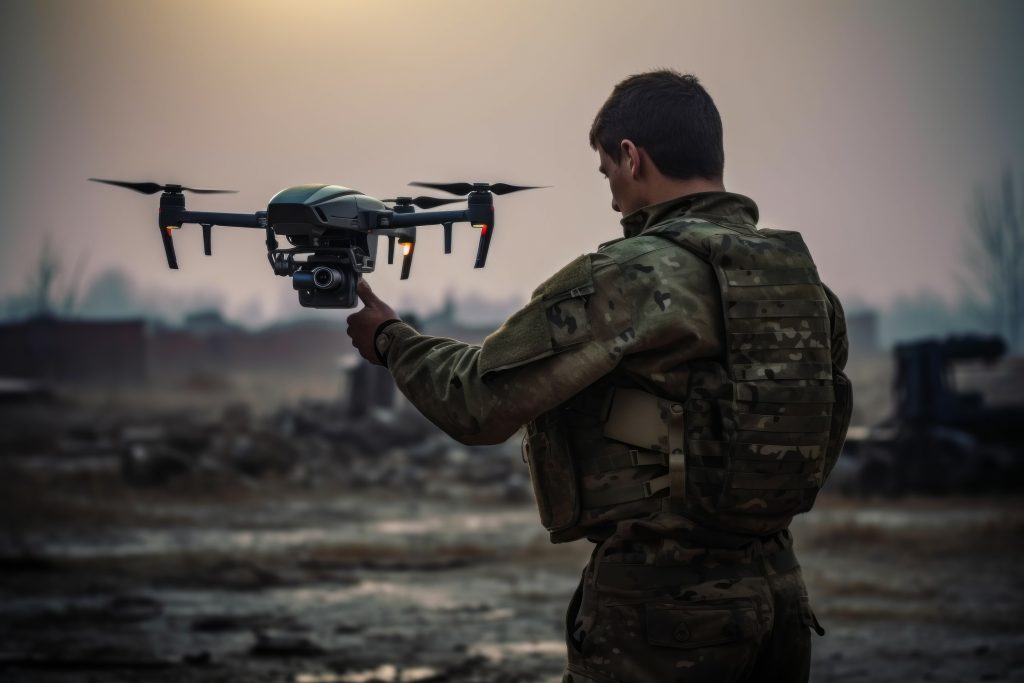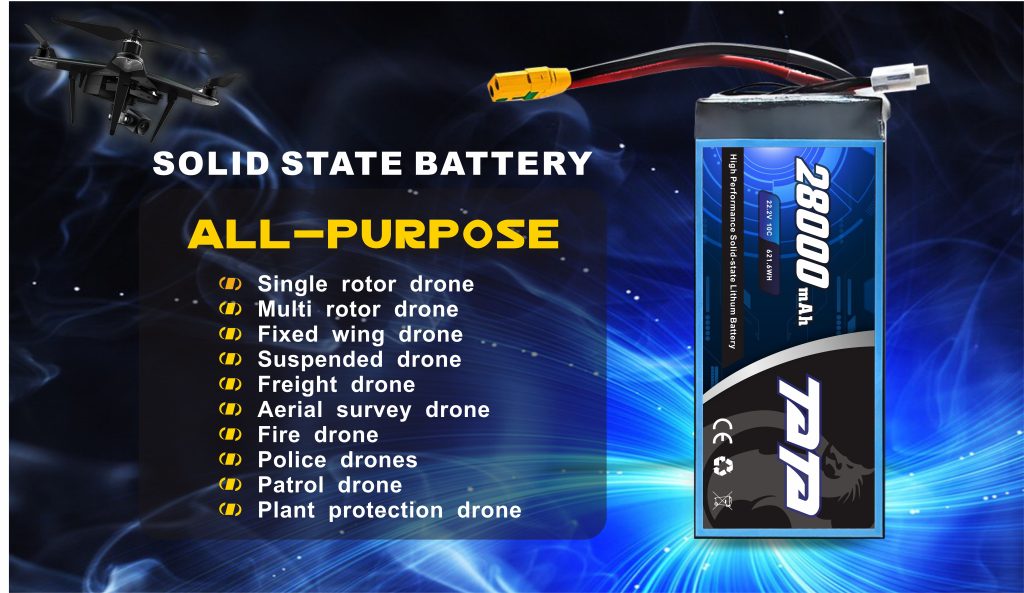All forecasts show growth in commercial and military applications.

In the drone market, all forecasts show growth in commercial and military applications. But when you look at the demands for security and performance to excel in these markets, there are significant challenges to surmount when it comes to designing and building a robust, reliable power source for these unmanned aerial vehicles (UAVs).
Whether these drones are delivering packages and essential supplies in remote locations, or capturing aerial imagery, OEMs may run into some challenges when launching a commercial or military-grade aircraft, such as:
- Limitations in charge capacity limit the distance these vehicles can travel
- Lack of standards in the current drone market
- Lack of safety standards in the drone battery marketThese challenges offer opportunities. Not just an opportunity to grow as an OEM, but an opportunity to lead, and emerge as the standard-bearer.
For example, the market hasn’t matured to a point where industry standards are in place, but they are coming. Thus, UAV makers that set serious intentions about making inroads in military and commercial markets have an opportunity to put their stakes in the ground and build their reputation on the tenets of ruggedness, performance, and longevity.
Safety is paramount in the design of a drone. Most drone manufacturers are more than willing to invest in safety systems to safeguard their customers’ investment and provide a better quality drone. Managing costs still takes high priority, but when it comes to mission-critical UAVs, the expense will not be secondary to safety. These machines have a mission, or they may be riding on a brand’s already established reputation. Casualties due to a failure in mechanical and thermal design are simply not options and must be minimized.
The battery industry is evolving and new chemistries and technologies are emerging which will help make safer, longer flights possible. When you’re engaging with a company that designs the battery solution for your UAV, you will want to choose one that understands the design considerations needed for the application and has the experience and capabilities to build a safe, intelligent, and high-quality battery management system. Here are some insights about the battery design process to consider as you prepare for your entry into the commercial and military UAV market.
With the development of drones, the capacity of batteries is also increasing. For example: LIPO 16000mAH 22.2V . LIPO 30000mAH 22.2V . LIPO 27000mAH 22.2V . and so on.
